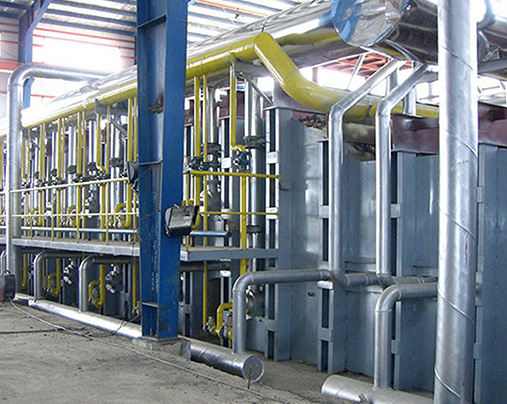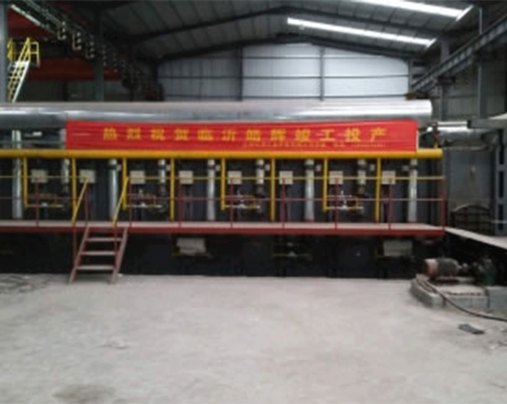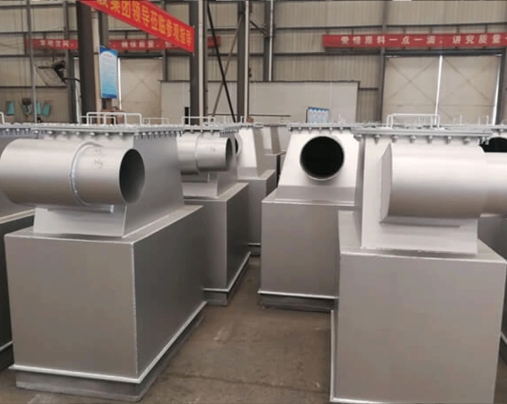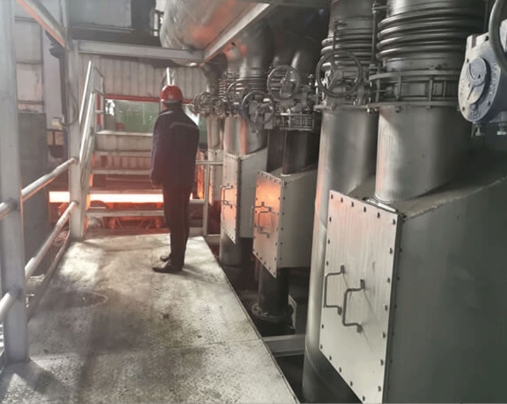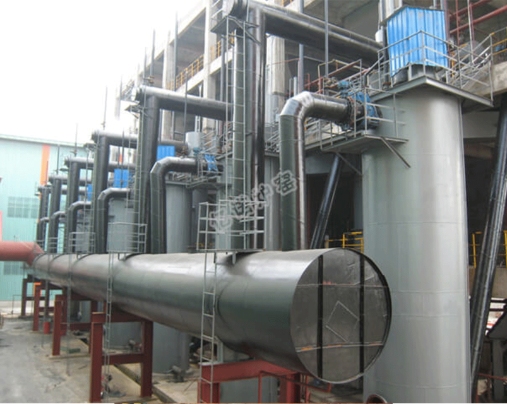
Regenerative Burner Combustion System
Regenerative Burner Combustion System
- The specifications of regenerative burner combustion system are:
- Burner type: The system typically uses a pair of burners that alternate between firing and preheating functions.
- Fuel type: The system can operate on a variety of fuels, including natural gas, propane, diesel, and more.
- Heat exchanger type: The heat exchanger is typically made of ceramic, metallic, or refractory materials and is designed to store and transfer heat generated during the combustion process.
- Temperature range: The system can achieve high temperatures ranging from 900 to 1800 degrees Celsius depending on the specific application.
- Heating capacity: The system’s heating capacity can vary depending on the size and configuration of the system and can range from a few hundred thousand BTUs per hour to several million BTUs per hour.
Description
A Regenerative Burner Combustion System is a type of industrial heating system that is designed to achieve high energy efficiency by recovering and reusing heat generated during the combustion process. The system works by using a pair of burners that alternate firing and preheating functions to heat a chamber or furnace.
In a Regenerative Burner Combustion System, the fuel and air are mixed and ignited in a burner to produce a high-temperature flame. The heat generated by the flame is then transferred to a heat exchanger, which stores the heat for later use. The burner then switches to a preheating mode, drawing in the fresh air and passing it through the heat exchanger to be heated before being injected into the combustion chamber.
The system alternates between firing and preheating modes, allowing for efficient heat transfer between the combustion gases and the incoming air. This cycle of heating and cooling creates a highly efficient and autonomous combustion process that can save energy and reduce emissions.
Burner Combustion Systems are commonly used in industrial applications, such as in metalworking, glass manufacturing, and ceramics production, where high temperatures are required for processes such as melting, annealing, or sintering. These systems offer significant advantages over traditional combustion systems, including lower energy consumption, reduced emissions, and improved product quality.
Working principle: Regenerative Burner Combustion System
The working principle of a Regenerative Burner Combustion System is based on the concept of heat recovery and reuse. The system uses a pair of burners, typically arranged in a parallel or series configuration, to alternate between firing and preheating functions.
During the firing mode, the fuel and air are mixed and ignited in the burner, producing a high-temperature flame. The heat generated by the flame is then transferred to a heat exchanger, which stores the heat for later use. The heat exchanger can be made of a variety of materials, including ceramic, metallic, or refractory materials.
Once the heat has been stored in the heat exchanger, the burner switches to the preheating mode. In this mode, fresh air is drawn into the system and passed through the heat exchanger, where it is heated before being injected into the combustion chamber. The preheated air helps to raise the temperature of the combustion gases, making the combustion process more efficient and reducing fuel consumption.
Overall, the Regenerative Burner Combustion System works by recovering and reusing heat generated during the combustion process, resulting in a more efficient and sustainable heating system.
The characteristics
Some of the key characteristics of a Regenerative Burner Combustion System include:
- High energy efficiency: The system is designed to recover and reuse the heat generated during the combustion process, resulting in significantly higher energy efficiency than traditional combustion systems.
- Reduced emissions: The efficient combustion process and use of preheated air can result in lower emissions of pollutants such as carbon dioxide, nitrogen oxides, and particulate matter.
- Improved product quality: The system’s precise temperature control and uniform heating can result in improved product quality and consistency.
- Self-sustaining operation: The alternating firing and preheating modes create a self-sustaining combustion process that reduces the need for external heating sources.
- Versatility: The system can be used in a wide range of industrial applications, including metalworking, glass manufacturing, ceramics production, and more.


